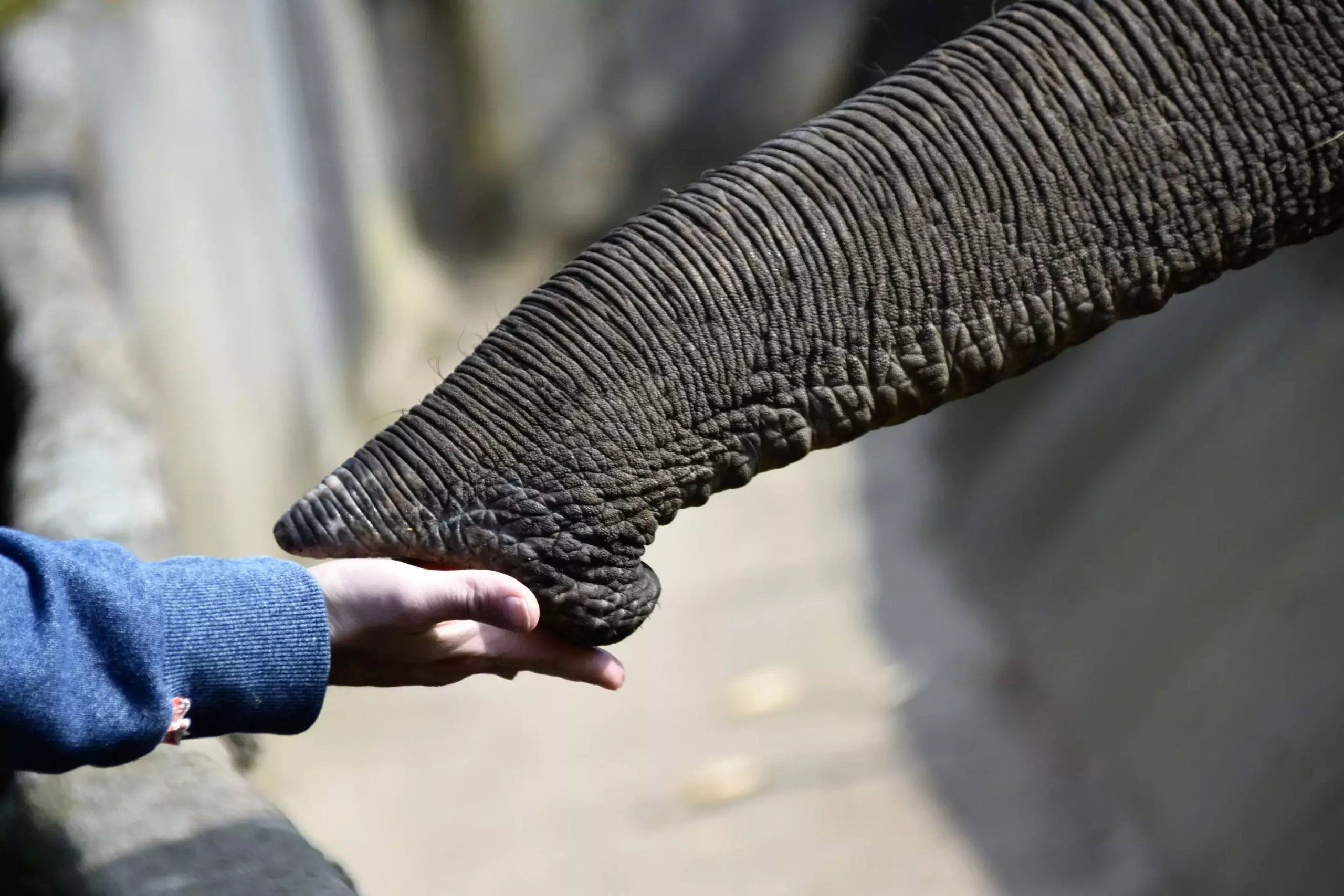The elephant’s trunk is a remarkable tool that serves a variety of functions beyond what many may realize. From eating and drinking water to social interactions and even using tools, the trunk is a versatile and powerful appendage. It contains six muscle groups, allowing it to be both strong and precise in its movements.
In a recent study led by researcher Pauline Costes, the focus was on testing the force exerted by the trunk tips of African savannah elephants. This research aimed to understand the maximum pinching force that the trunk tips could generate, shedding light on the strength and capabilities of this incredible biological feature.
The findings from this study have practical applications in the field of robotics, specifically in the development of soft grippers inspired by the elephant’s trunk. By mimicking the flexibility and precision of the elephant’s trunk, engineers can enhance the grasping capabilities of robots, particularly in soft robotics that use flexible materials.
The study revealed that the maximum pinch force of an elephant’s trunk tip was measured at 86.4 Newton, highlighting the impressive strength of this biological mechanism. In comparison, the pinch force between the thumb and index finger in humans typically ranges from 49 to 68 Newton, showcasing the unique abilities of the elephant’s trunk.
Soft robots equipped with grippers inspired by the elephant’s trunk have a wide range of potential uses across various industries. From minimally invasive surgery in medicine to handling delicate objects in industrial settings, these robots offer a level of adaptability and precision that is unmatched by traditional rigid machinery.
The study involved creating a device to measure the pinch force of an elephant’s trunk tip, a process that required meticulous planning and testing. By designing a box fitted with force sensors and an electronic system, researchers were able to gather valuable data on the capabilities of the elephant’s trunk in grasping objects.
Beyond the technological applications, this research also has implications for elephant conservation efforts. By understanding how different groups of elephants use their trunks in various habitats, scientists can gain insights into how climate change and habitat alterations may affect elephant feeding behavior, aiding in conservation strategies.
The study of an elephant’s trunk force not only reveals the incredible strength and precision of this biological feature but also opens up new possibilities for innovation in robotics and conservation efforts. By unlocking the secrets of nature’s design, researchers can continue to push the boundaries of technology and conservation for the benefit of both humans and wildlife.


Leave a Reply